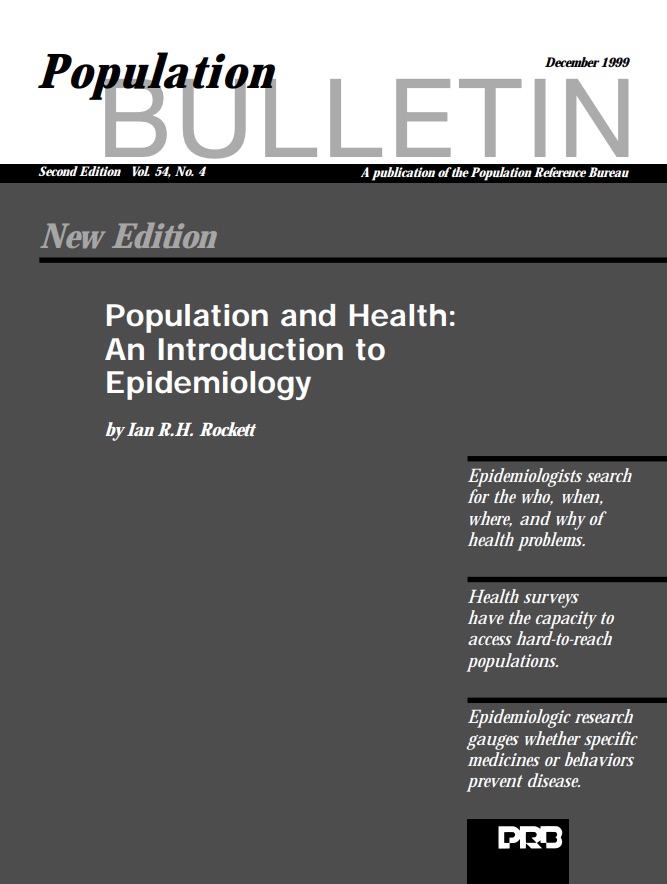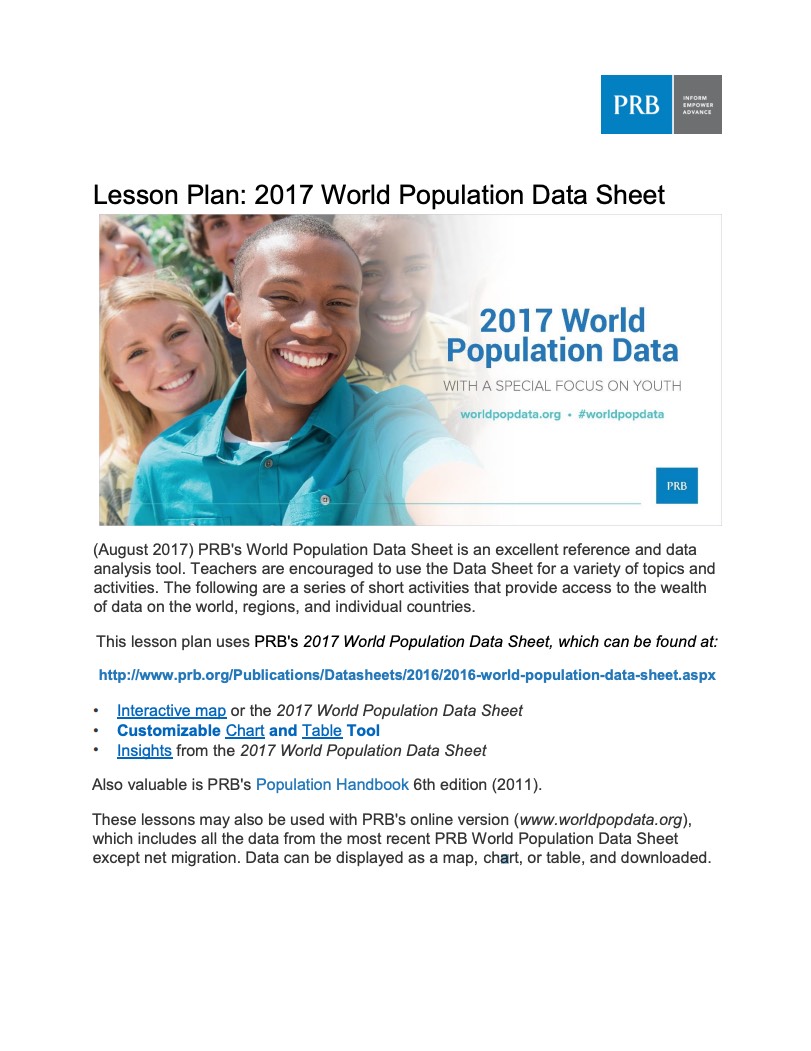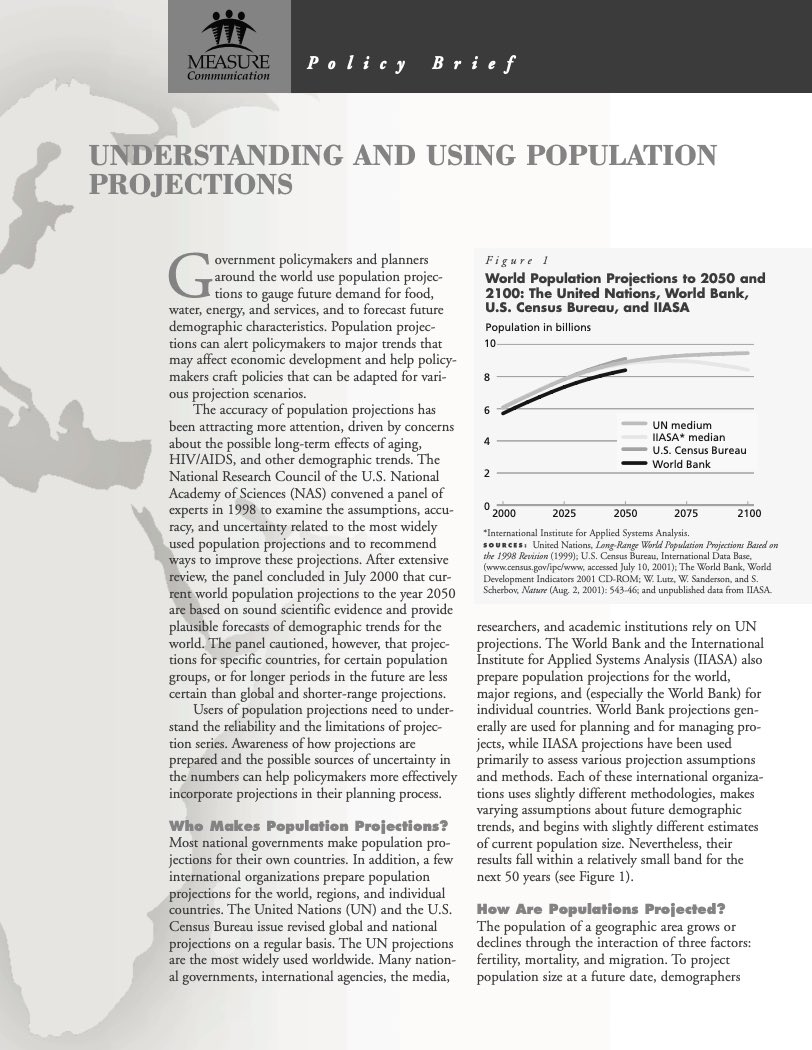In U.S., Who Is at Greatest Risk for Suicides?
(2010) More than 30,000 Americans commit suicide each year; hundreds of thousands more attempt it but fail.
(2010) More than 30,000 Americans commit suicide each year; hundreds of thousands more attempt it but fail.
(2007) We entered the 20th century with a population of 1.6 billion people. We entered the 21st century with 6.1 billion people. And in 2007, world population is 6.6 billion.

Project: American Community Survey and Decennial Census Support Services
(2014) The U.S. population is undergoing significant racial/ethnic change, with rapidly growing Latino, Asian American, and multiracial populations.

(1999) Most people are concerned about their health. When they are well, they wonder how to remain that way.
(2010) The cities and towns of developing countries are projected to absorb at least 2.5 billion additional people by 2050. At the same time, these areas will experience global climate change likely to bring floods, droughts, food insecurity, and loss of livelihoods.

Project: PACE: Policy, Advocacy, and Communication Enhanced for Population and Reproductive Health
Project: IDEA: Informing Decisionmakers to Act
PRB’s World Population Data Sheet is an annual report on the world’s demographic, health, and environmental progress and challenges.

Government policymakers and planners around the world use population projections to gauge future demand for food, water, energy, and services, and to forecast future demographic characteristics.

Government policymakers and planners around the world use population projections to gauge future demand for food, water, energy, and services, and to forecast future demographic characteristics.